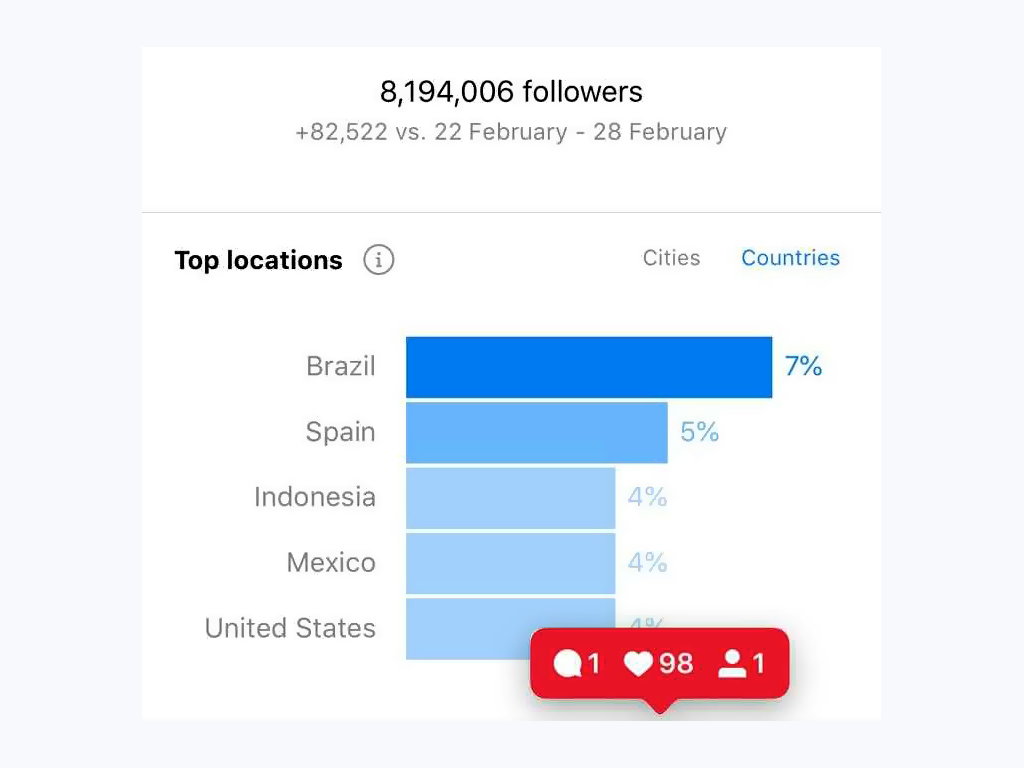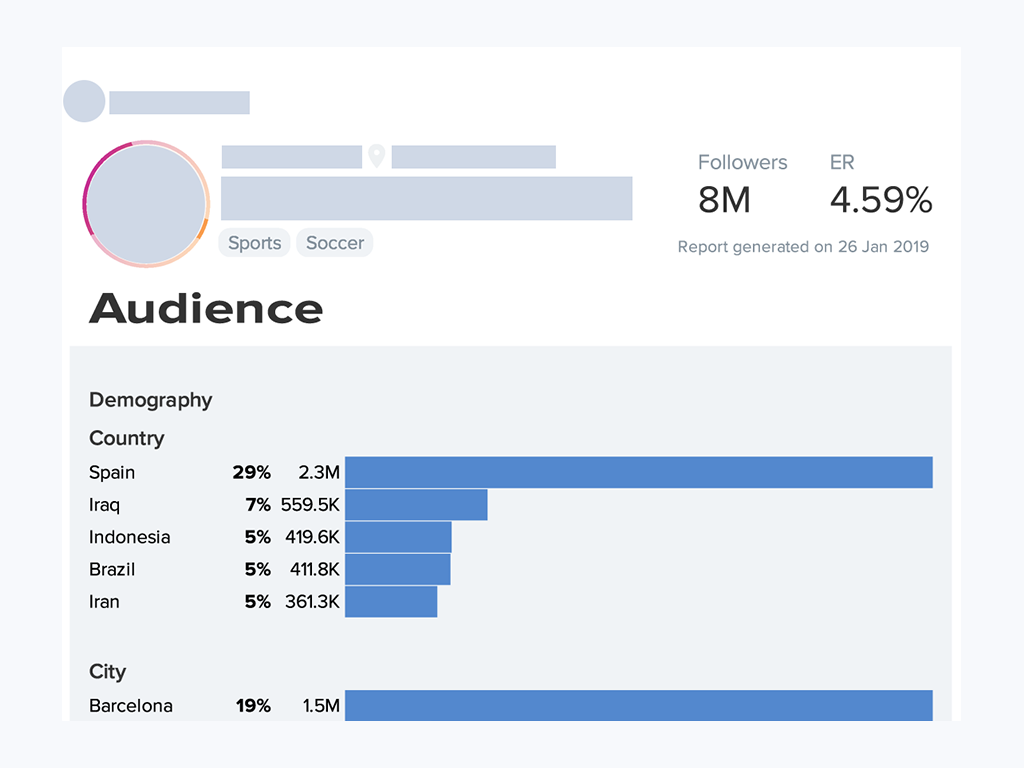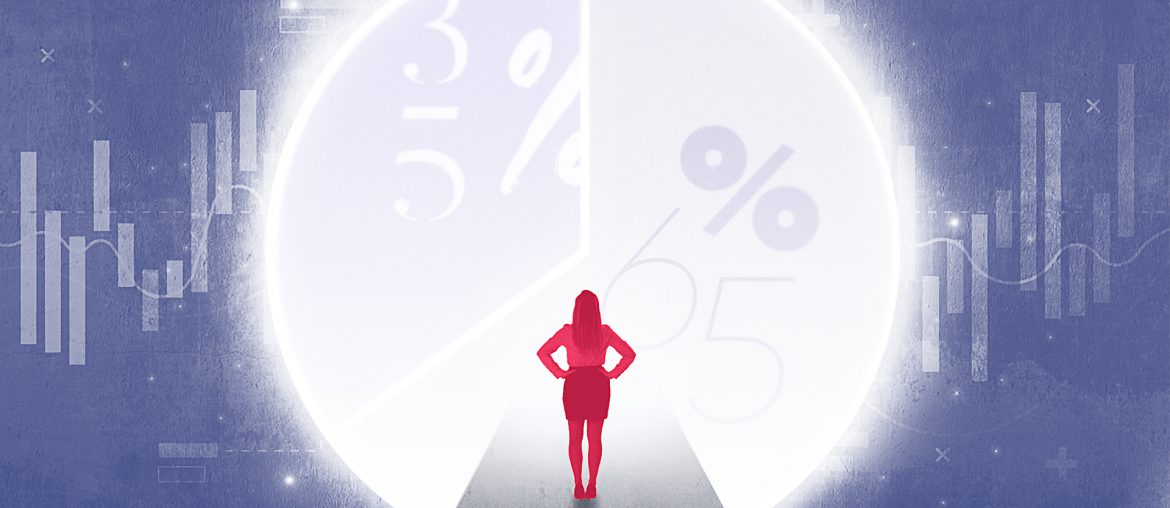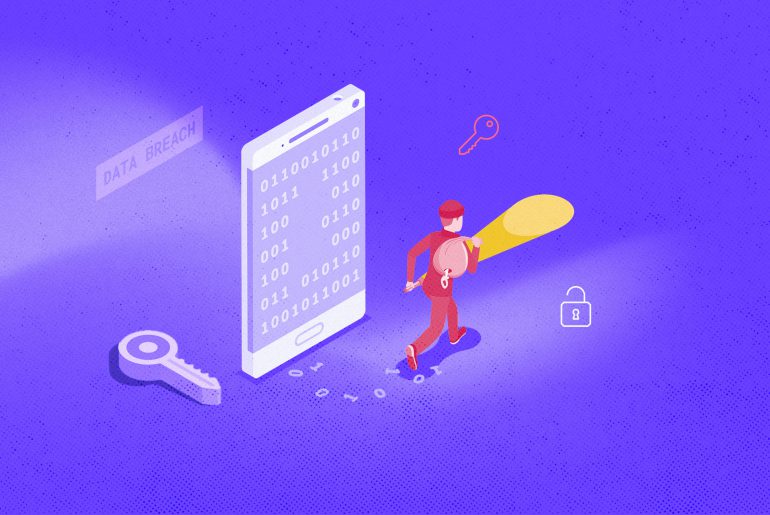Influencer audience insights is critical information to plan successful campaigns. Are you sure you’re using real data?
Understanding influencers’ data
Each influencer has access to the analytic information of their social networks, whether we’re talking about a blog, Instagram account or a Youtube channel. That is commonly called “private data”. As opposed to other public metrics, such as number of followers, likes, and comments.
That private data includes information regarding the location of an influencer’s audience, such as the city and country, its gender, and age range. The reach of each specific post. And many other metrics, depending on the social network

Reach is how many people actually saw a specific content. Not all followers will be shown the post. And sometimes non-followers see the post.
That is why public data is information nice-to-have, but private data is a must-have. Because it gives you an insight into an influencer’s audience. Hence the name, audience insights 🤯🤯
When do brands need access to influencer audience insights?
There are two critical moments when brands and agencies need to access the real data from influencers’ analytics.
The first moment is during the campaign planning stage.
A brand (or an agency working on its behalf) has goals to achieve in any advertising campaign, and with influencer marketing it’s no different. The brand has a target audience to reach, with specific characteristics, grouped into segments.
Let’s imagine you are a brand and you want to impact 500.000 people in your country. With public data, you will have to look at the number of followers and interactions of an influencer and try to guess how many people will actually see that post. Which, let’s face it, is not the most rigorous approach (hint: it’s 💩).
With access to audience insights, you get to know the average reach and impressions of that influencer. And you can, with a high degree of confidence, forecast the number of posts required to reach the 500.000 people you are targeting.
The second moment is evaluating the campaign results, in the report stage.
Brands need to evaluate the performance of the campaign, to know whether it reached its goals. To do so, they need access to audience analytics of all the influencers in the campaign. Only then can the brand assess the campaign’s performance. Again, without access to authentic data, you will not be able to correctly assess the campaign’s performance.
What is happening in the market?
Well, it turns out that asking each influencer for their audience insights is a time-demanding task.
Wouldn’t it be great if you could go to a website and have all the private data of all the influencers available? It would! And, in fact, it just so happens that such websites do exist! But…
| If you work in influence marketing for a brand or media agency, the odds are that you’re aware of such third party suppliers. Maybe you have even used their services. If you are an influencer or talent manager, it is possible that you have never heard of such companies, as you’re not their target customer. |
The problem with this third-party companies that sell audience insights is that their data is not correct! That is, the numbers they provide in exchange for money are fabricated. They do not have access to the real audience insight information. So they estimate data and charge for it.
Think about it. This information is constantly evolving. They would need to be in contact with the influencers, constantly requesting their insights to update their database. And there are multiple providers like this. So all of them would be constantly contacting influencers and requesting their private data. It’s absurd.
Let’s look at an example! Here we have a printscreen of the audience insights from an Instagram account with +8M followers.

And here is a third-party supplier data for that same account:

According to the third party supplier, 29% of their followers are from Spain. So, 29% of 8M followers would be 2,320M persons. However, from the private data in his account, we can see that this account only has 5% of his audience in Spain. 8194006 x 5% equals 409700 persons. There’s a staggering difference between the real data of 410k and the fabricated data of 2,3M!
So, where are they getting their data from?
There are a lot of third party providers, and each one has their own specific way of producing data. But at the end of the day, they are mostly a “guesstrapolating” from public metrics (hint: they are 🤥). The data usually ranges from unacceptable to simply atrocious.
What are the consequences of these bad practices?
Brands and media agencies that are using this data to plan their campaigns suffer a direct impact from these misleading third party companies.
As they are using estimated data to plan their campaigns, the immediate consequence is the impact on the campaign’s performance. If you are making decisions based on wrong information, don’t expect a brilliant outcome.
Influencers and social networks selection, the number of posts, all of these will be decided based on fake data. And, obviously, as these third party companies omit the fact that their data is not legit, brands keep using that data, completely unaware of the disastrous consequences.
In short, brands and media agencies are burning money.
And that’s not all. Influencers are suffering from this plague too. Most of the time without even realising it!
Influencers are being disregarded for campaigns simply because they are being evaluated based on estimated data. And worst of all, they are not even aware of that. As brands (think they) don’t need to contact them to have their audience insights, influencers are oblivious to the whole situation.

What’s the professional approach?
We believe that data authenticity is mandatory to work in a professional manner, as this is the only sustainable way for this industry to grow.
Influencers are the owners of their audience insights!
They are the ones who should be in control of who has access to that information. What influencers need is a safe way to easily manage who has access to their audience insights. A tool to enable brands to obtain that information, and the ability to revoke access to it once it is no longer necessary.
Brands that work with an influencer must have access to the audience insights. It is in both parties best interest. Brands that are evaluating working with an influencer must have access as well, in order to accurately assess the fit between the influencer and the campaign goals.
We developed our platform with this concept in mind: influencers have full control of their data. They decide which brands can see their audience insights. They decide which agent can work on their behalf.
Why is Primetag’s data real?
Primetag was approved by the most relevant social networks to access their APIs for the audience insights level.
This guarantees that data influencers and brands see in the Primetag platform is real. Because it displays the information that comes directly from the social network. With our platform the influencer is empowered in the decision of sharing his private information and the brand has access to data certified by the social networks.
If you work in the influencer marketing industry and agree that real data is mandatory to work in a professional manner, drop us a line. We can explain a bit more about our tool and how you can use it to implement successful campaigns.
#RealFollowers event in Barcelona: influence marketing leaders join Primetag in Spain




